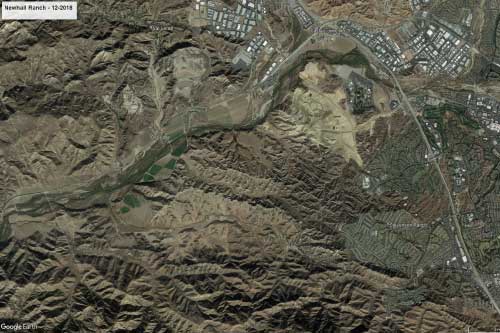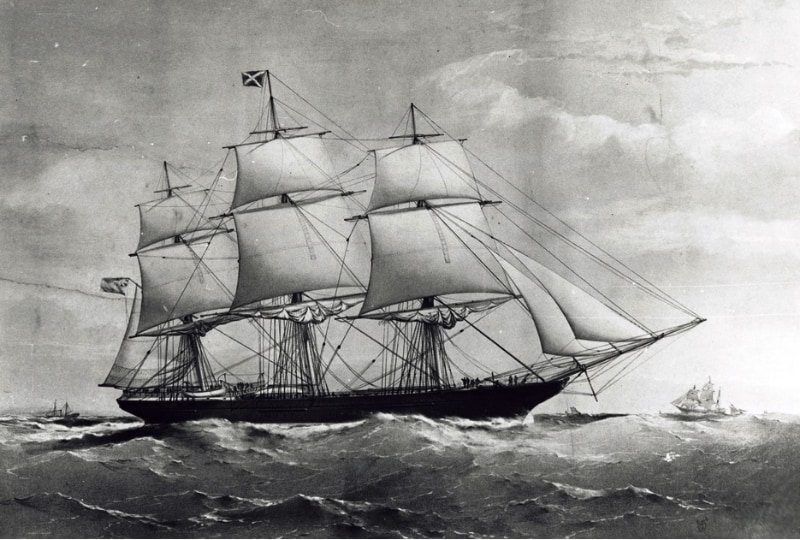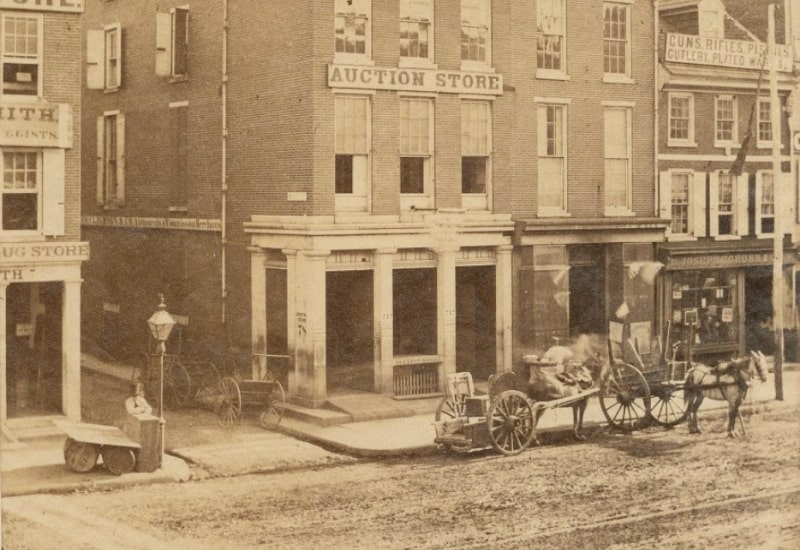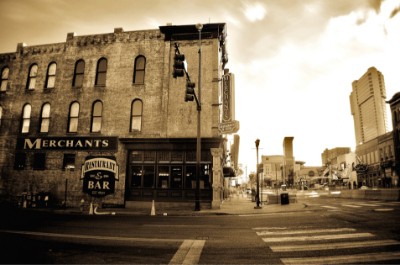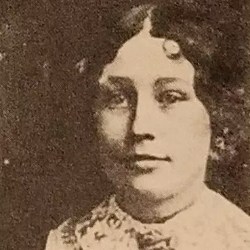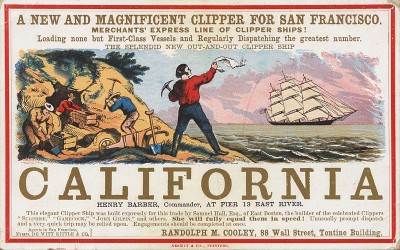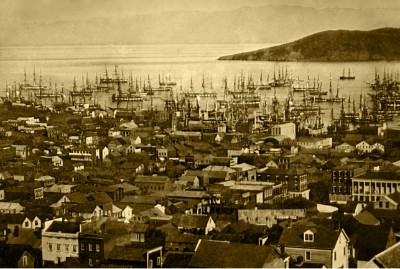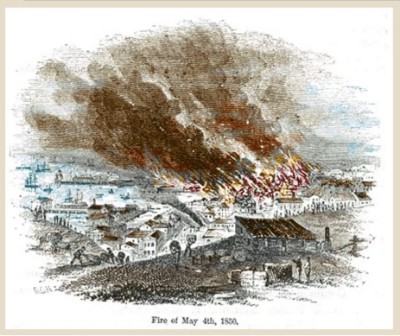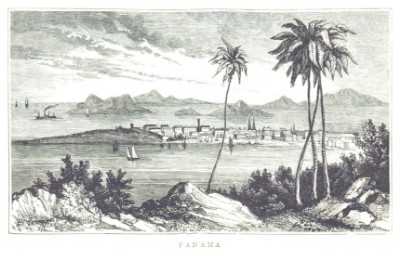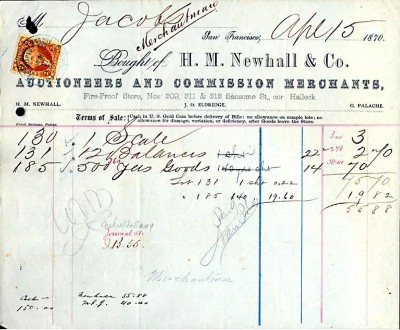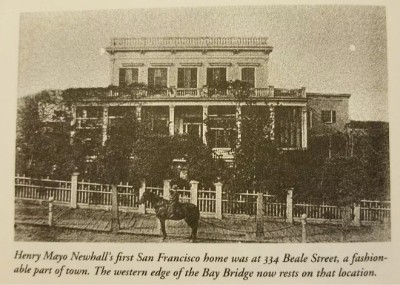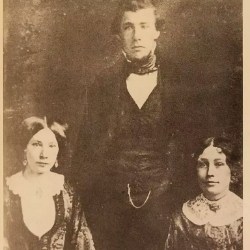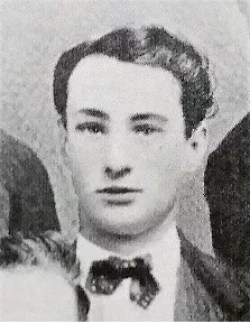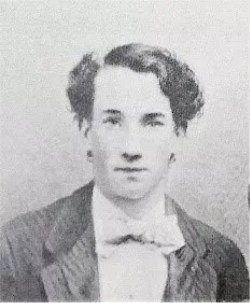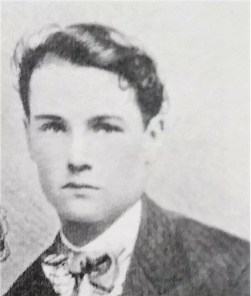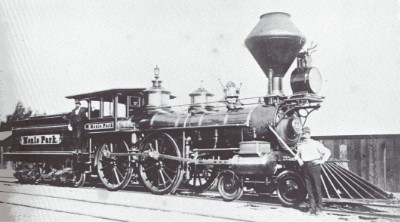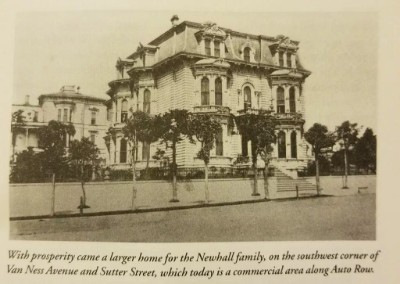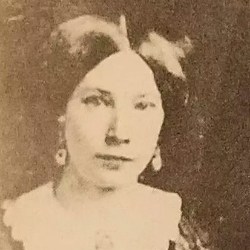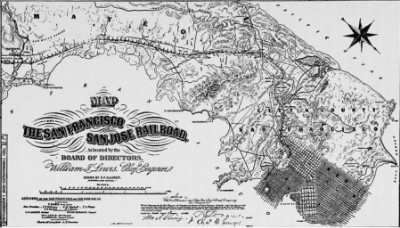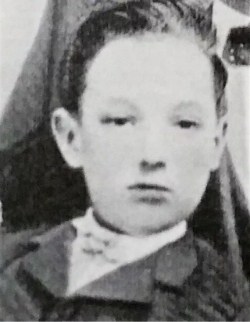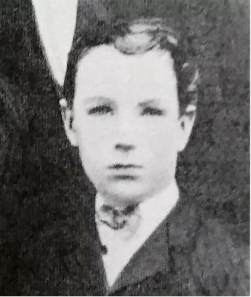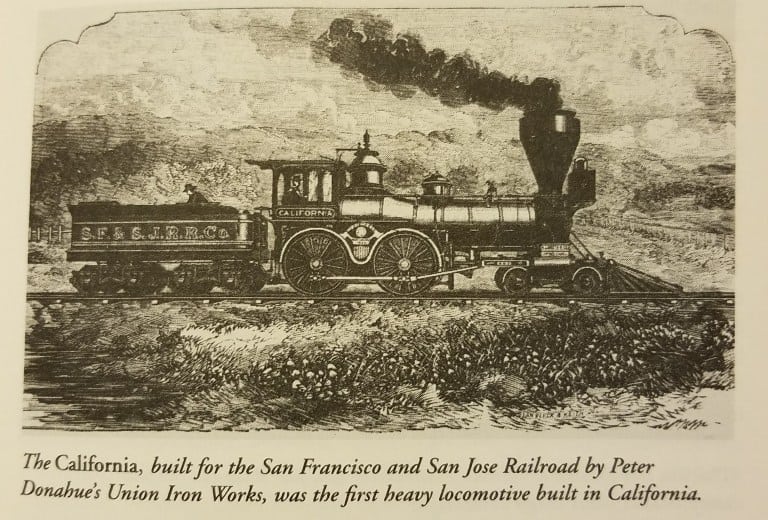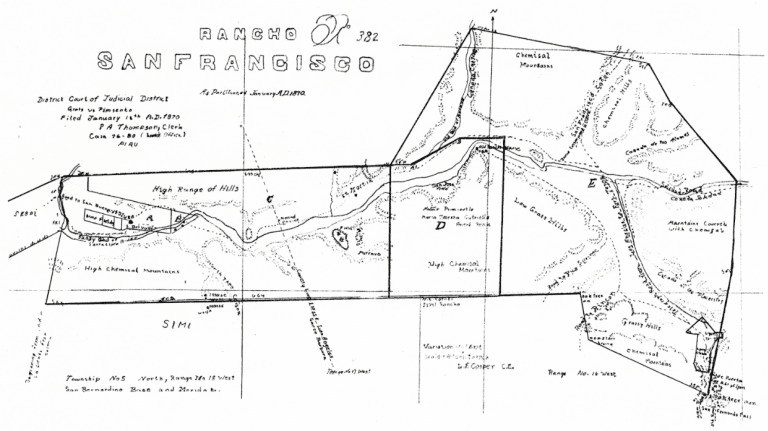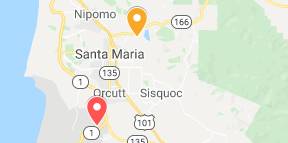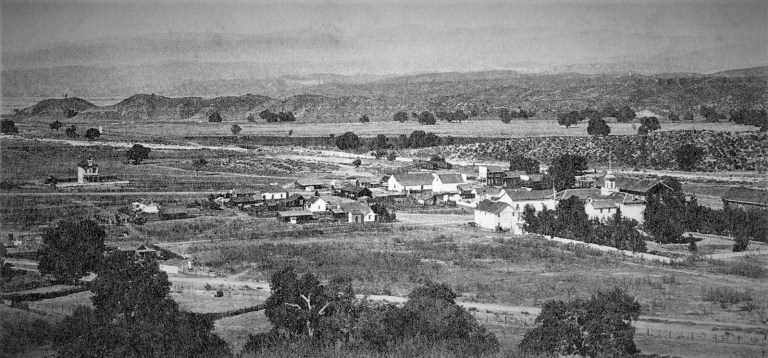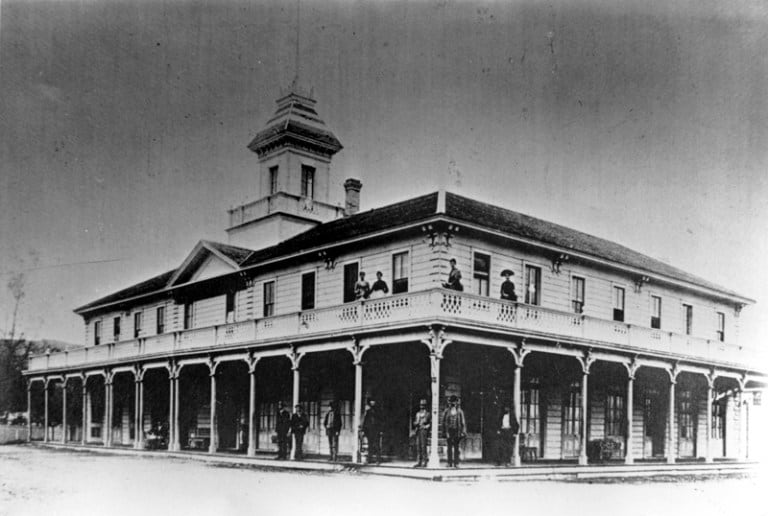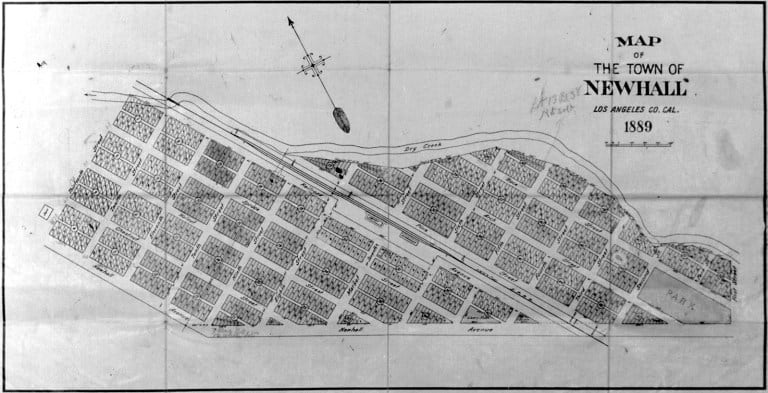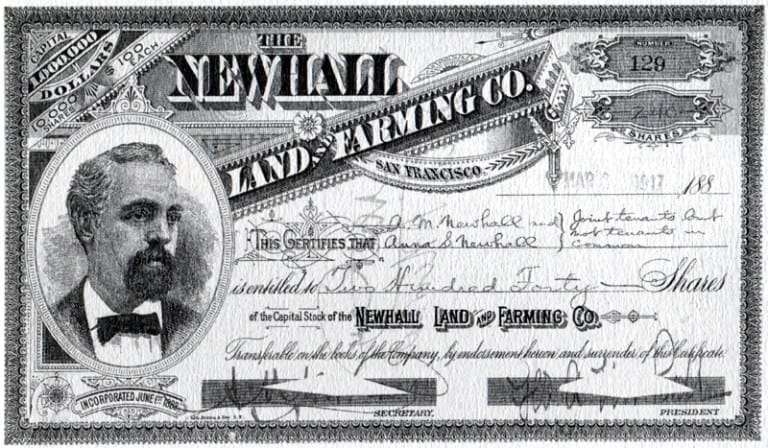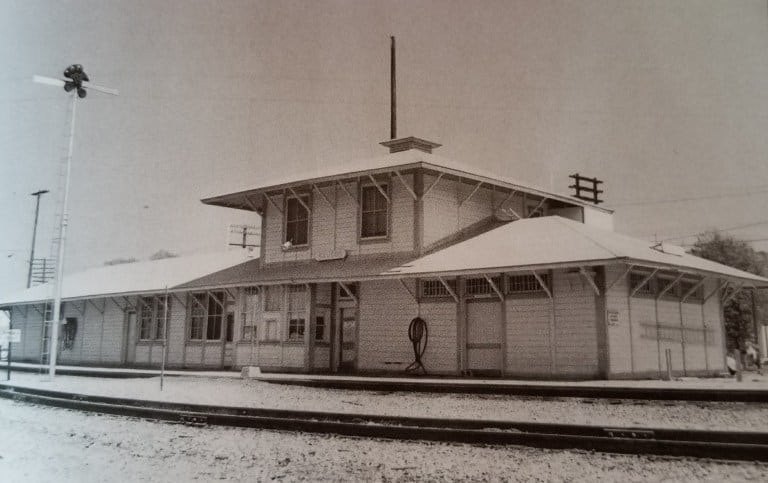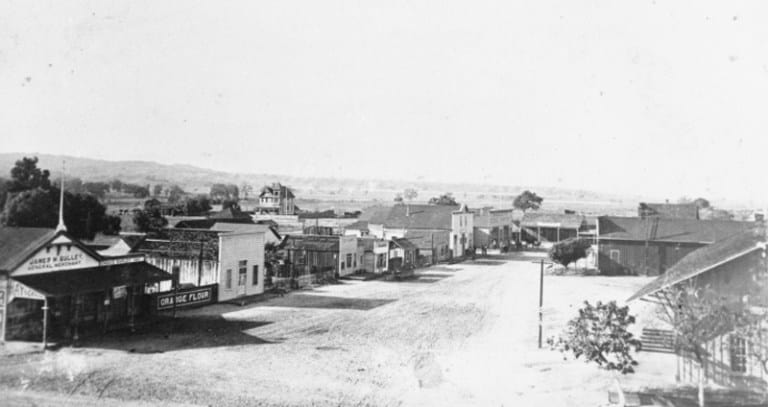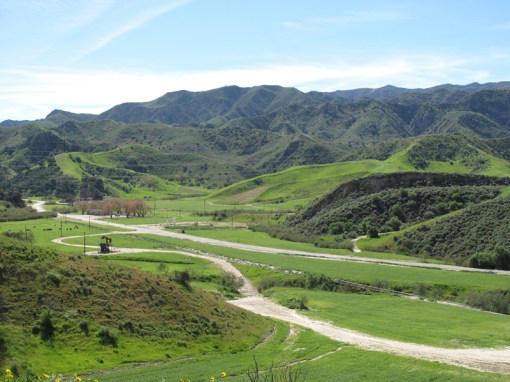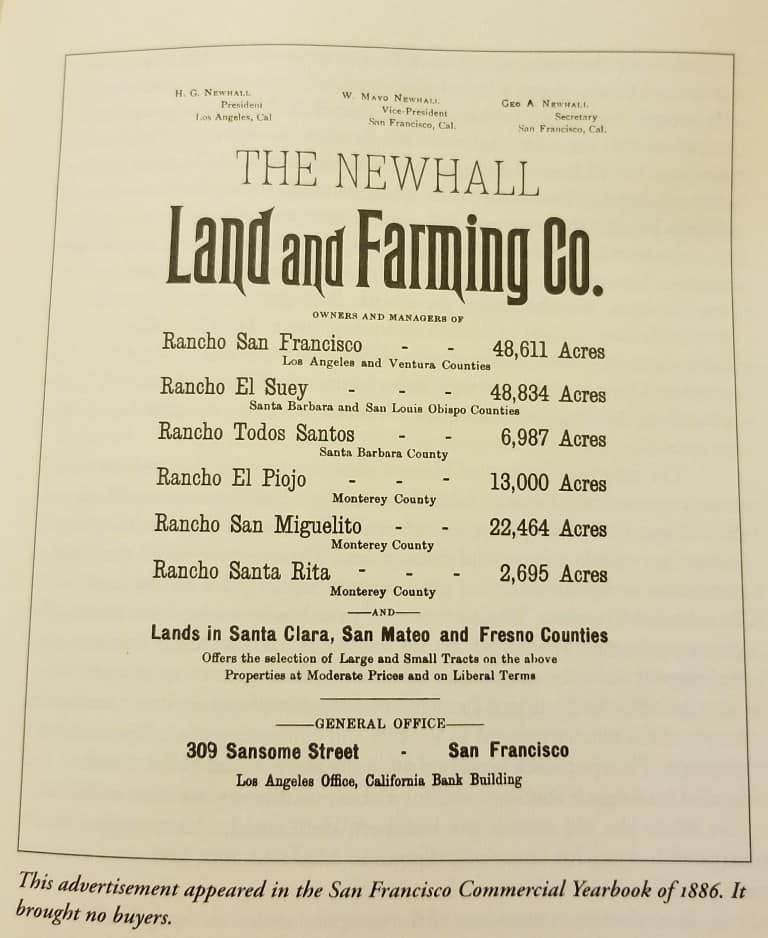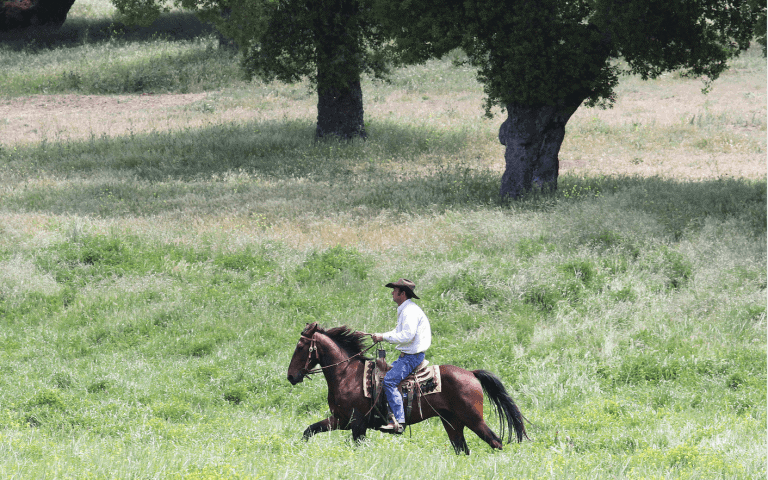The Timeline
Pivotal Moments in the History of Newhall Ranch
Timeline
Two Newhall brothers arrived at Lynn, MA from England in 1630. The next 7 generations stayed in Lynn, MA until Henry’s father Jonathan met and married Henry’s mother Hannah Oatman in Saugus, MA. That is where they settled and where Henry was born. Henry was the first of his family to leave for bigger and better things.
On May 13, 1825, Henry Mayo Newhall was born in Saugus, MA. Henry was the 5th of 9 children of his family. The family made shoes in the winter and farmed in the summer. Henry was the first in 7 generations to set off for distant lands in search of adventure and something new.
He started traveling at the age of 13. Signed on to work as a cabin boy on a ship in Boston that was headed to the Philippines. It may possibly have been his grandfather’s ship but that is only speculation. The trip from Boston to the Philippines was almost 17,000 miles ONE WAY. I can’t even imagine that for a 13 year old boy. That definitely says something for Henry’s spirit for sure!
While sailing, Henry broke both legs after falling from a high mast but was able to convince the Captain to keep him on until they got back to Boston. He went back home to Saugus, MA to heal. Enough of the sea for him.
In the spring of 1840 Henry left home again in search of work away from his family. He ended up working as a chain holder for a survey company in New York. They were laying the route for a train from New York to Philadelphia.
When the surveyor line reached Philadelphia, he got a job at an auction house Myers, Claghorn and CO. as a clerk. His tenacity, hard work and cheerful disposition eventually landed him a job as an auctioneer.
While working at Myers, Claghorn and Co., Henry had an offer from the owner of an auction house in Mobile, AL with an opportunity to invest and become a partner if he would move south to Tennessee, which he gladly accepted. Eventually, the partnership he had been promised, was awarded to the son of the owner.
Disappointed and angry at being cheated out of the partnership by the owner, he moved to Pulaski, GA and opened Newhall and Baker, Auctioneers. By this time Henry had 10 years in the Auction business and was a master Auctioneer. He later moved the firm to Nashville, TN. Newhall and Baker also worked as a pawn shop and merchant bankers
Newhall and Baker, Auctioneers moved to in Nashville TN. They bought goods wholesale and auctioned them off to retail merchants. They also worked as pawn merchants.
While in Tennessee, Henry traveled to Clarksville in search of auction merchandise. While there he met and eventually married Sarah Ann White on October 15, 1849.
The White family was fairly new to America, having recently immigrated from Ireland. William White, Sarah Ann’s father, was the first of his line to be born in America. He was born in 1800 in New Jersey. In 1831, the White family moved to Clarksville, TN.
The California Gold started. Having only been married for a few weeks, Henry, wanting to be part of the gold rush, sold his part of Newhall and Baker Auctioneers to his partner for $8,000 to raise capital to go to California.
He said goodbye to his bride and went off with a group of men that pooled their funds to travel to San Francisco to participate in the gold rush.
The quickest way to California from Tennessee was via Panama. In late 1849, the group of friends boarded a ship called “Panama” at New Orleans, then crossed the Isthmus by canoe and made it up the Chagres River. They then went by mule back to Panama City.
Henry had fallen ill and was unable to continue to travel. When their names were called to go on the ship to San Francisco, his friends unfortunately went on without him, but he understood. It was not until June 17, 1850 that he was finally able to travel and boarded Pacific Mail Steamship Company steamer ship named “PANAMA” and made it to San Francisco on July 6, 1850.
He then bought a ticket to get down to Stockton to work in the Douglas Flat area. A few months later cold and broke he returned to Stockton where he auctioned off his clothes to make enough money to return to San Francisco in order to get a ticket back home to TN. He made $300 for his clothes. He paid $16 for his ticket back to San Francisco.
After purchasing his ticket to SF, he noticed four boxes of assorted dry goods had split open and were laying aside. He bought the boxes and took them with him to San Francisco. He met with John Collins, Auctioneer and asked to borrow his auction block to sell his goods from the broken boxes in exchange for a 25% cut.
Henry made a handsome profit and he went to buy a steamship ticket to the east coast for $125 to go home to his bride. While waiting for his ship to sail he wanted to work temporarily and approached Almer Hall of Hall and Martin Company, Auctioneers. Mr. Hall ended up offering him a job as an auctioneer for $300 a month. From there on forward the company advertised “Hall and Martin, H.M. Newhall, Auctioneer”.
Henry live in San Francisco for the rest of his life.
During a big fire in San Francisco, Hall and Martin’ warehouse burned to the ground. During the rebuild Mr. Martin decided to return home and sold Henry his share of the business. Company was relocated to the intersection of Commercial and Sansome Streets. (309-313 Sansome Street)
Article – FOUND SF
Henry left his partner, Henry Gregory in charge and went to get his wife in TN. He of course had to go back through Panama to get to her.
Miraculously, Sarah Ann had decided to join Henry in California and their paths crossed accidentally on the Isthmus of Panama. They turned around together and went back to Saugus to visit Henry’s family.
From there they went on to New York to visit Merchants to arrange for them to export goods to CA for Henry’s business. Done with their family and business travels, they traveled together to their new home in San Francisco.
Weeks later when another fire destroyed their company again, Mr. Hall decided to sell his half of the company to Henry as well. Henry was now the sole proprietor of Hall, Martin & Company which the following year he changed the name to H. M. Newhall and Company.
In 1852, Henry bought a lot and built a house at 334 Beale Street on Rincon Hill in the South Park district of San Francisco, overlooking the San Francisco Bay.
Sarah Ann was very happy to finally be with her husband after such a long absence. It was certainly worth it however. She loved her home but missed her family.
Henry and Sarah Ann decided to invite her family to come live with them permanently if they wanted to. Her father William, mother Jane and 2 sisters, Margery and Margaret moved from Clarksville, TN to join the Newhalls in their new home in California. They arrived just in time to be there for the birth of Henry and Sarah Ann’s first son, Henry Gregory Newhall.
The Whites lived the rest of their lives with Henry and the boys in San Francisco
Henry co-signed a note for $90,000 for a friend. When the note came due the friend was unable to pay. Instead the friend gave him a one-third interest in the San Francisco and San Jose Railroad Company. The company collapsed in June 1860.
Henry’s investment was lost, but it made him more determined than ever to make a railroad route out of San Francisco happen. That made him millions!
With the family growing, Henry bought almost half of a city block and built a new, bigger home at the southwest corner of 1299 Van Ness Avenue (corner of Sutter Street).
Henry’s fourth son and Sarah Ann both died in childbirth. The White family stayed with him to help look after the children. Margaret Jane White (Sarah Ann’s sister) was in charge of the children.
A year later, Henry married Margaret Jane White, Sarah Ann’s younger sister.
H.M. Newhall and Co. went from auctioneer to wholesaler and also into insurance. Profits were substantial.
Voters approved funds to purchase railroad stock. Henry started organizing and when the second San Francisco and San Jose Railroad Company was organized, Henry was elected Vice President.
The tracks in the San Francisco and San Jose Railroad company had been laid all the way to San Jose. Because of political issues Henry and two partners bought up all the stock in the Company and Henry became President of the Company.
Henry ordered the first heavy locomotive to be built in California. The “California” as it was known, set a speed record west of the Rockies of sixty-seven miles per hour.
Henry and partners established the California Southern Railroad Company but never laid a tie. The Central Pacific merged with several smaller railroad companies and became the Southern Pacific Railroad and offered to purchase the “franchise rights” to their new company.
Henry and his partners sold their shares in the railroad for $1,250,000 each. That ended Henry’s 10-year span in the railroad business.
He purchased Rancho El Piojo – 13,300 acres – in Monterey County for $70,000.
Henry purchased Rancho San Miguelito – 22,135 acres – for $166,000.
1875 Henry purchased 46,000 acres known as the Rancho San Francisco for $90,000. He was told about the property by a friend Jose Manuel Soto. Soto had wanted to purchase it himself, but was strapped for cash. He suggested to Henry that Henry buy it and reserved the right to purchase part of the Rancho San Francisco at the original purchase price, but was never able to come up with the cash to do so.. To see these maps much larger and get the full story of the Rancho San Francisco
This is the original property map of the Spanish land grant Rancho San Francisco.
I took the above map, along with my Los Angeles and Ventura County Thomas Guides and was able to put together a map based on what part of Santa Clarita was part of the original land grant. Many thanks to my dear real estate colleague, Janis Stonerook from Realty Executives, Agua Dulce, CA for help with this puzzle. She is the land map expert from Santa Clarita to Palmdale.
1875 Henry purchased 48,000 acres known as the El Rancho Suey for $150,000.
In the early 1870’s Henry loaned money to Jose Manuel Soto in the form of a short term mortgage to keep him going after the drought killed practically all of his sheep and cattle. Unfortunately the drought continued and Soto was not able to pay his debt to Henry. Henry foreclosed and acquired 1700 acres of the Rancho Santa Rita.
Henry deeded 426 acres to the Southern Pacific Railroad asking only in return that it name the town after him. (NOTE: The original town of Newhall and the Newhall train station was actually located around the Bouquet Canyon and Soledad Canyon junction.)
Newhall School District was established and Newhall Elementary school was built on 9th and Walnut St. A 2-story wood bldg. which burned down twice.
1876 Pioneer Oil Refinery was built and still stands on Pine Street. It is said to be the oldest surviving refinery in the world.
You could now travel 400 miles by train all the way from Rancho San Francisco to the city of San Francisco.
Henry decided to move the town of Newhall, which had been located around the intersection of Bouquet Canyon and Soledad Canyon, about 3 miles south because he couldn’t sell property because of the wind and sandstorms.
Originally called “Old Town”, it would later be named Saugus after his birthplace in Saugus, MA.
Town of Newhall consists of the Southern Hotel and a surrounding park but it would grow and grow quickly.
In 1879 Henry purchased cattle from Robert Conway and he threw in his share (1/12 = 1,500 acres) of the Rancho Todos Santos as well. Shortly thereafter, the other 11 share holders of the Todos Santos, sold Henry all the other shares of the Ranch totaling 5,500 acres with one condition – that title not be transferred until the death of their mother. They did allow him the use of the property in the meantime to graze his cattle.
Henry’s “new” Newhall had all of its streets named after streets in Philadelphia, PA where he first achieved success. The streets were named Race, Arch, Chestnut, Walnut, Market, Spruce and Pine.
Newhall’s main square faced Railroad Avenue between Market St. and Eighth Street. Railroad avenue was also known as “Main Street” in the 1880’s.
HM Newhall died – Inflicted with food poisoning when in New York and then shortly after that, having not recovered from the food poisoning, he was again injured when his horse tumbled and fell off while riding leisurely on the Rancho San Francisco.
Henry was sent by train back to San Francisco to recuperate. He died a few days later. He was buried at Laurel Hill Cemetery in San Francisco.
Henry’s will left $3 million to his wife and sons. His specific request was that his wife be given the homestead, furniture, watches and jewelry, carriage and horses and money to support her for the rest of her life. The other holdings would be distributed equally and all debts be covered “without sales of real estate.”
Newhall Land and Farming Company established. Sons Henry and William “Mayo” were elected president and vice president respectively. Gilbert Palache was secretary. H.M. Newhall & Co. was appointed treasurer.
Newhall Sons & Co opened to continue with the auction business. The business, run by sons Edwin and Walter, faltered because of the development of communications and commerce. It was heavily in debt and closed within two years.
This is a picture of the original Stock certificate issued when Newhall Land and Farming Co was formed.
Southern Pacific Railroad finished its line to Ventura which required it running the entire length of the Rancho San Francisco.
After continuing to live lavish lifestyles after the death of their father, the families of the 5 sons put an increasing burden on the company. Thinking of the Ranchos a financial, against their father’s wishes, the family to sell two of the Ranchos. Fortunately, none of them sold at that time.
When the Southern Pacific Railroad completed its line, a railroad station was built in “Old Town” (formerly Newhall before it moved) and was re-named “SAUGUS” which was Henry Mayo Newhall’s birthplace.
This is the Saugus Train Station. It was located on Railroad Avenue, just across from the Saugus Cafe’.
The Saugus Café back in it’s day! You can see the train station above the “traffic” on the left side.
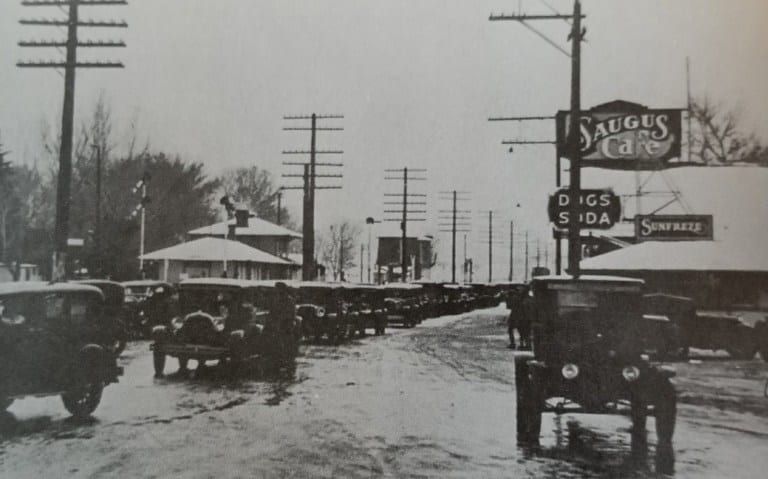
Son Henry’s acting presidency ended when he suffered financial setbacks. He sold some of his stock in the company to other family members and moved to Europe with his wife and three-year-old daughter. While he held the title of president for 4 more years, he was not actively involved in the day to day operations.
Walter took over Henry’s role as manager of the Rancho San Francisco.
Edwin and brother George bought out the other 3 brothers from H.M. Newhall & Co. They made that their main business while the other 3 boys ran the ranches.
Walter succeeded Henry as manager of Rancho San Francisco now known as Newhall Ranch. This is the town of Newhall in the late 1800’s. This is Railroad Avenue, also known as Main Street sometimes.
Henry returned from Europe with his wife and was appointed engineer and surveyor for the company.
He surveyed the borders of all the ranches and mapped the irrigable fields on the Suey, Piojo and San Francisco ranches.
Newhall Land and Farming created it first subsidiary, The Newhall Oil and Development Company. The western end of the ranch was then leased to oil companies to drill for oil, however none ever did. A nice income was generated from the leases.
During the last years of the nineteenth century, following the panic of 1893, the nation as a whole was in an economic slump. Farmers and cattlemen were desperate. NLF decreased its dividends from 1891 to 1895, then stopped paying them altogether.
On July 5, 1900, with no relief in sight, the board of directors of NLF voted to sell the Rancho San Francisco. Walter was selected to negotiate the sale. It was listed, all 45,000 acres for $750,000. Buyers were acquired but the sale fell through.
NLF borrowed $70,000 from private money lenders to stay afloat for a while.. Directors then voted to sell any or all of the land belonging to the company. They then borrowed an additional $38,000 from banks in both San Francisco and Los Angeles.
Henry Gregory Newhall died. His wife and three surviving children left CA permanently and spent time in England and New York. They had no further connection with the company from that time forward other than receiving dividends from his estate.
Business was going badly for NLF. Directors instructed the secretary to write to Walter to close up Shop on the Rancho San Francisco, now known as Newhall Ranch because it was costing too much money to maintain.
It is a beautiful property for sure!
Stay Up to Date!
Get updates on what’s going on with FivePoint Valencia



